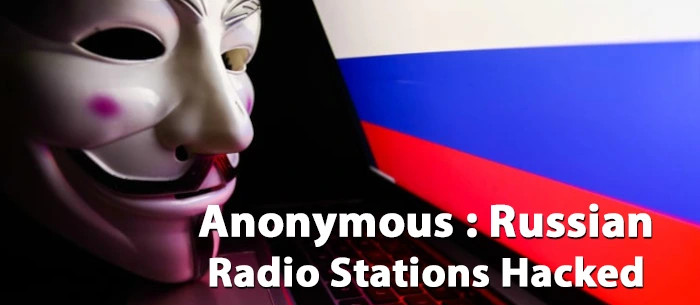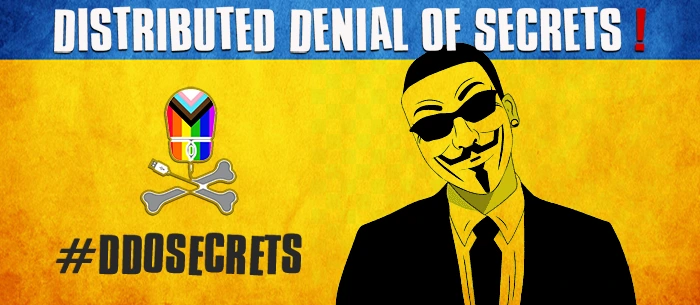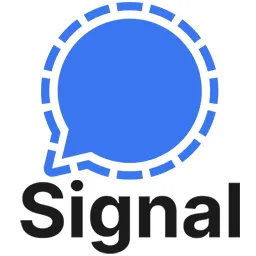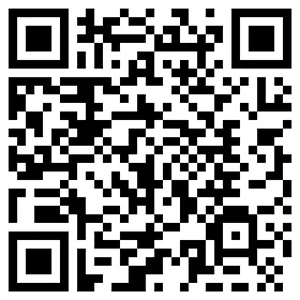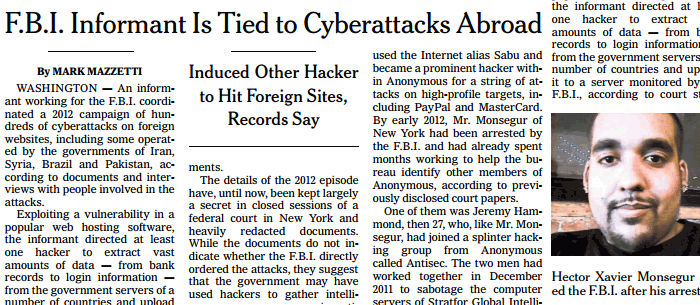
Home Anonymous Operations F.B.I. Informant [Sabu] Is Tied to Cyberattacks Abroad
Wednesday 23 April 2014
Mark Mazzetti of the NY Times reports:
Shortly after the Stratfor incident, Mr. Monsegur, 30, began supplying Mr. Hammond with lists of foreign websites that might be vulnerable to sabotage, according to Mr. Hammond, in an interview, and chat logs between the two men. The New York Times petitioned the court last year to have those documents unredacted, and they were submitted to the court last week with some of the redactions removed.
“After Stratfor, it was pretty much out of control in terms of targets we had access to,” Mr. Hammond said during an interview this month at a federal prison in Kentucky, where he is serving a 10-year sentence after pleading guilty to the Stratfor operation and other computer attacks inside the United States. He has not been charged with any crimes in connection with the hacks against foreign countries.
Mr. Hammond would not disclose the specific foreign government websites that he said Mr. Monsegur had asked him to attack, one of the terms of a protective order imposed by the judge. The names of the targeted countries are also redacted from court documents.
But according to an uncensored version of a court statement by Mr. Hammond, leaked online the day of his sentencing in November, the target list was extensive and included more than 2,000 Internet domains. The document said Mr. Monsegur had directed Mr. Hammond to hack government websites in Iran, Nigeria, Pakistan, Turkey and Brazil and other government sites, like those of the Polish Embassy in Britain and the Ministry of Electricity in Iraq.



